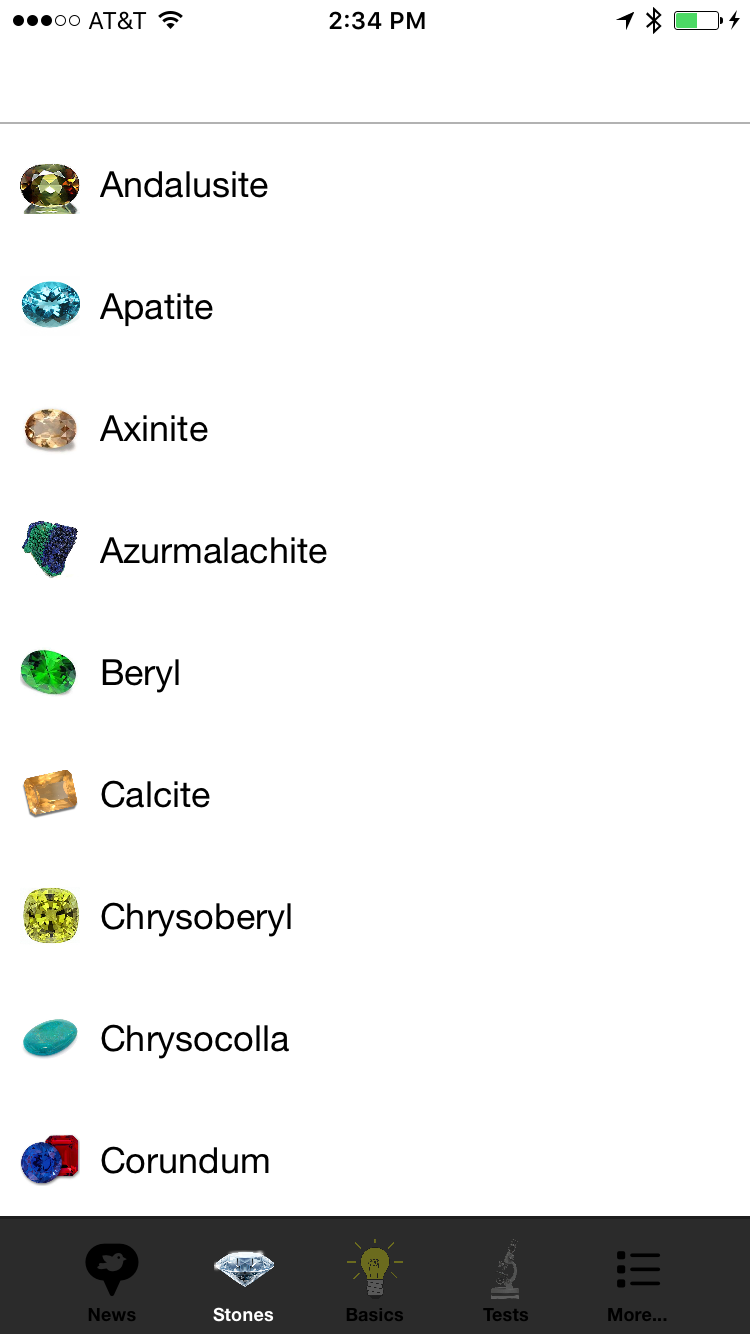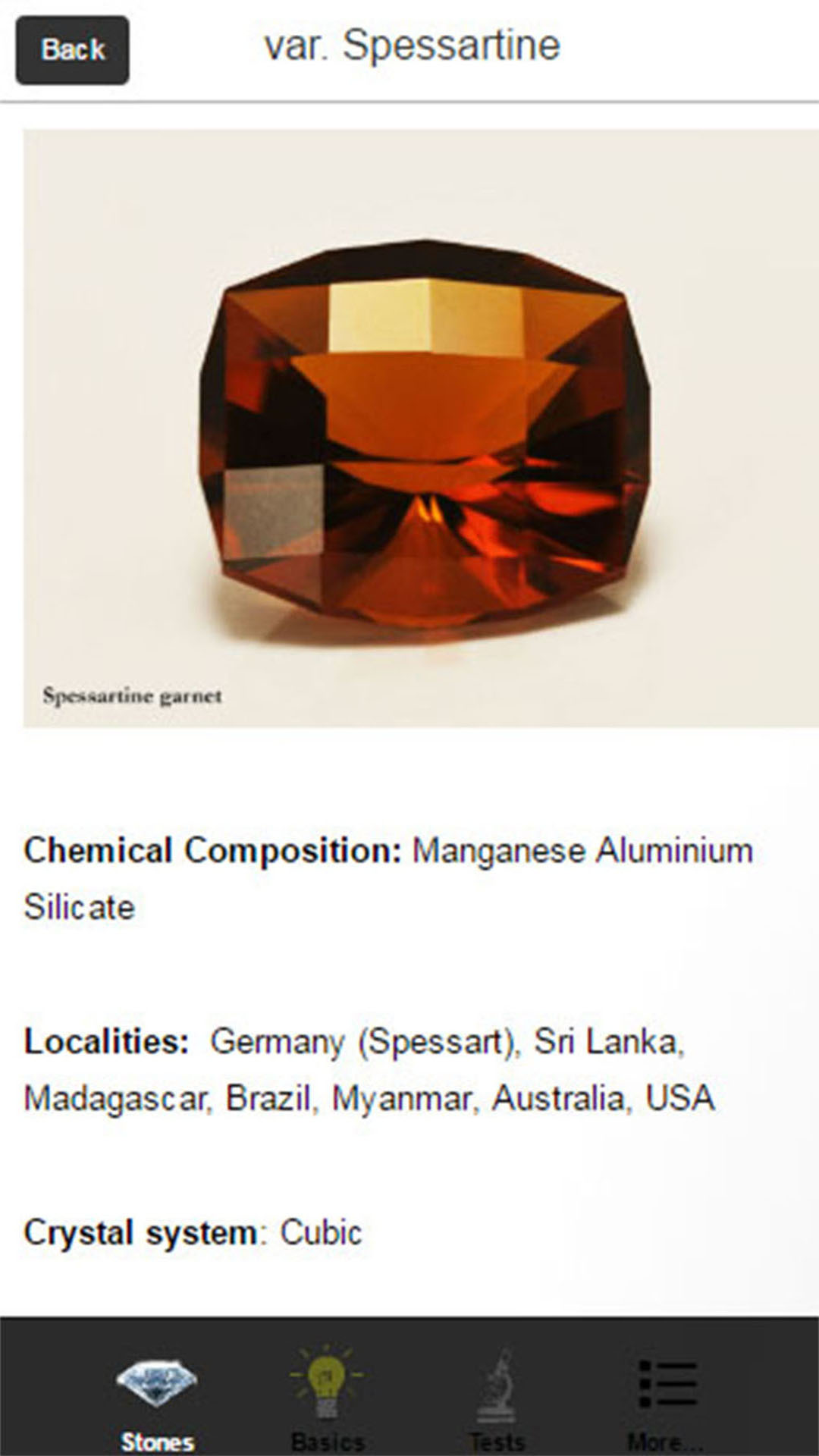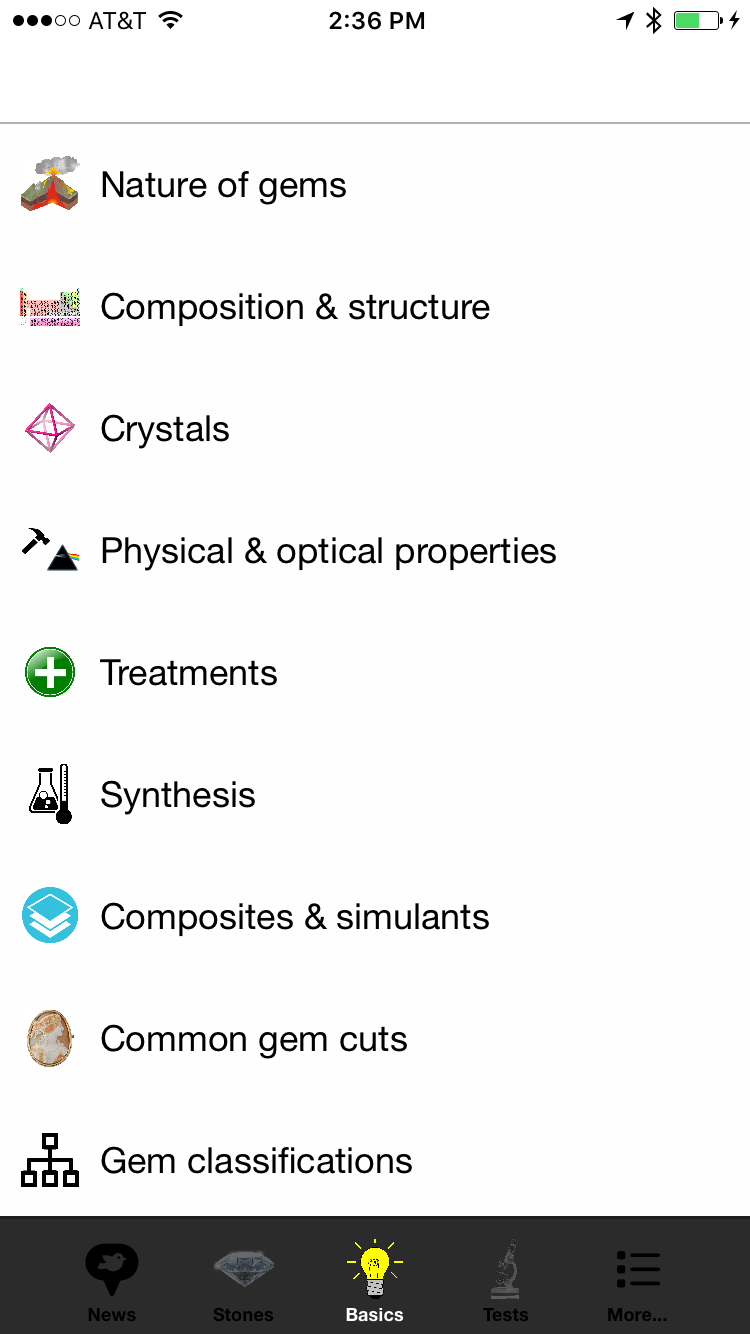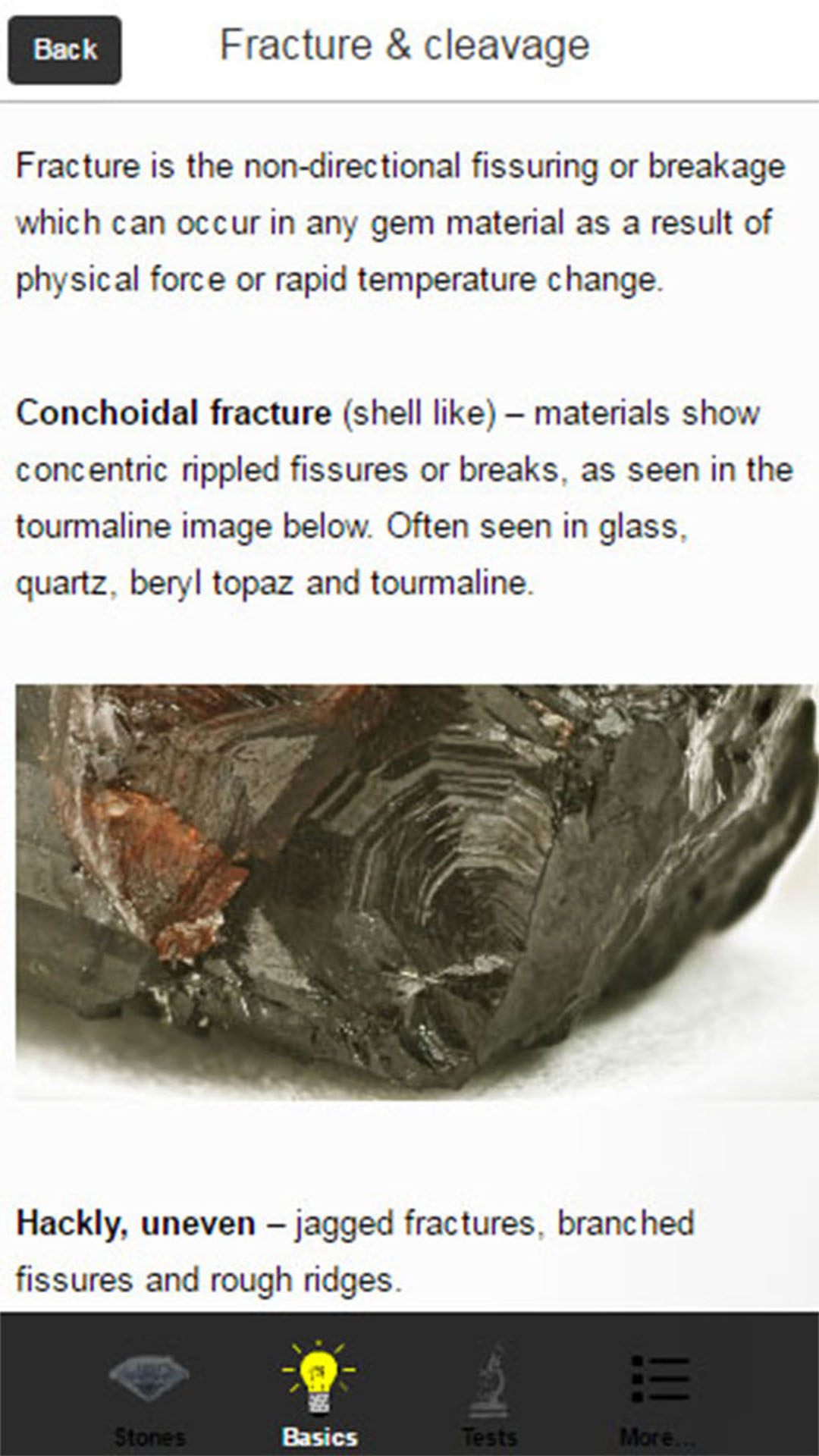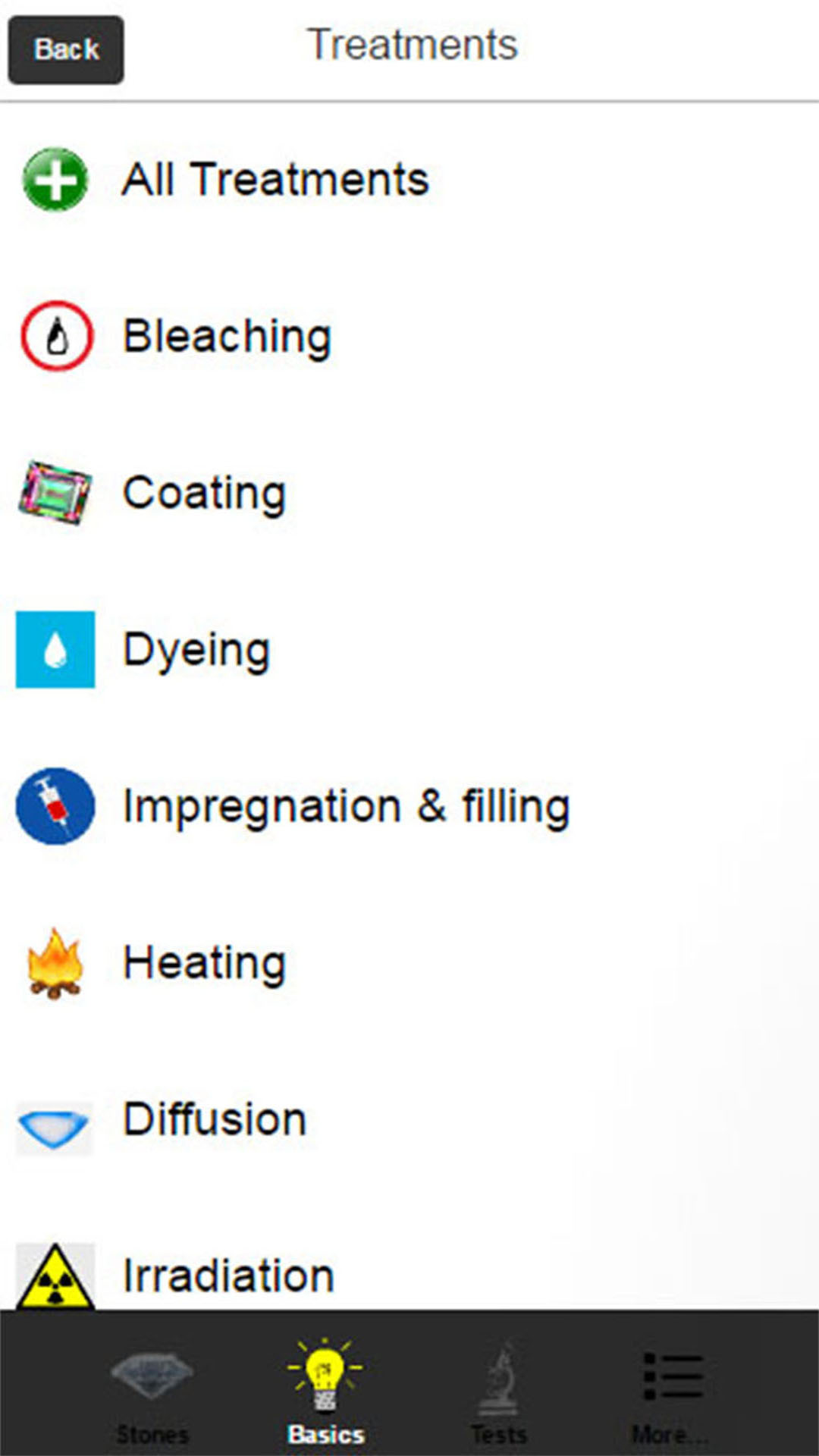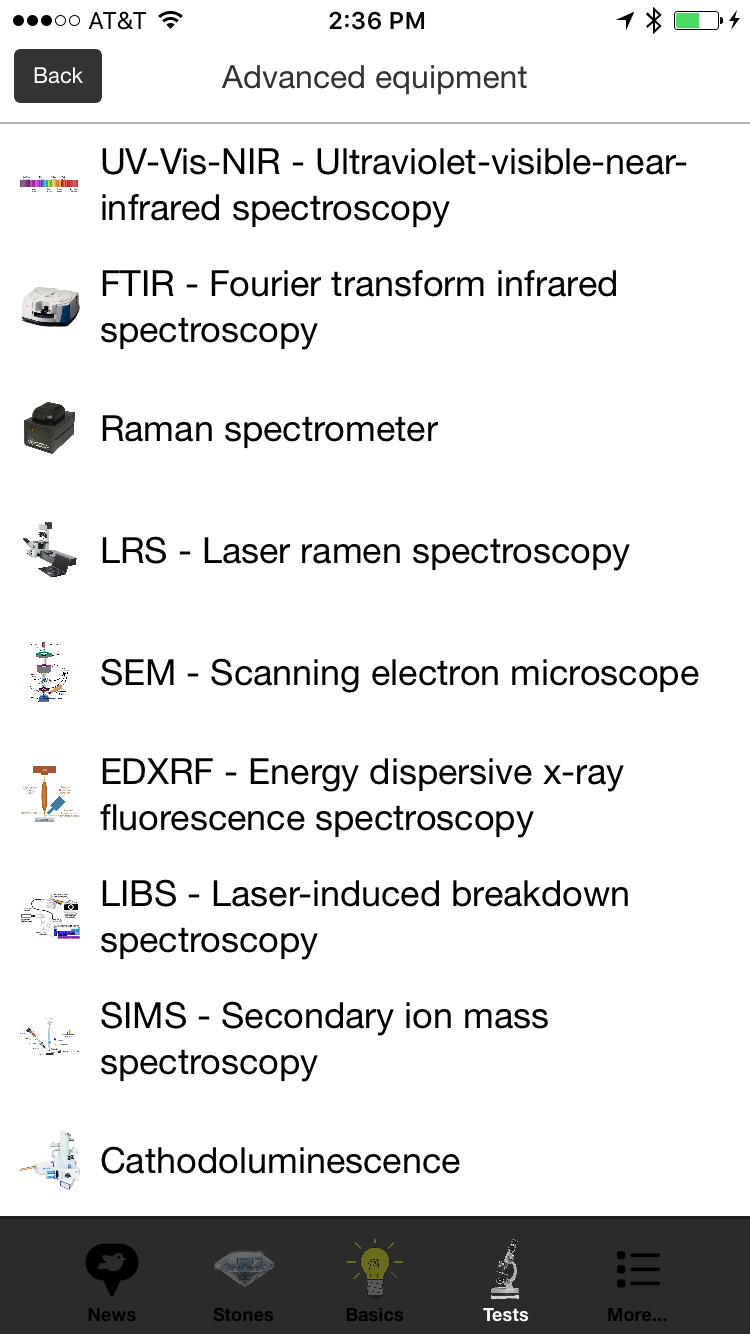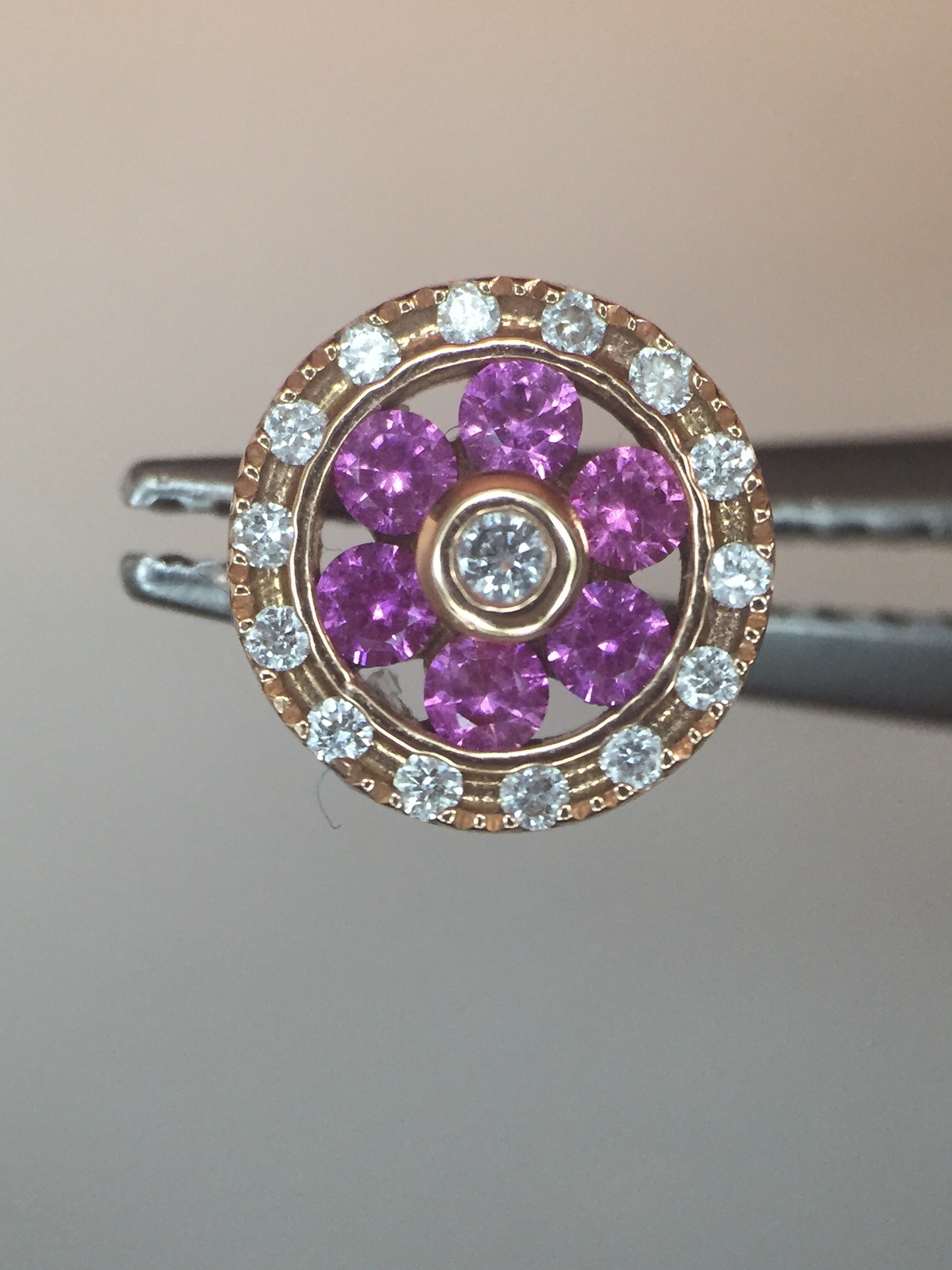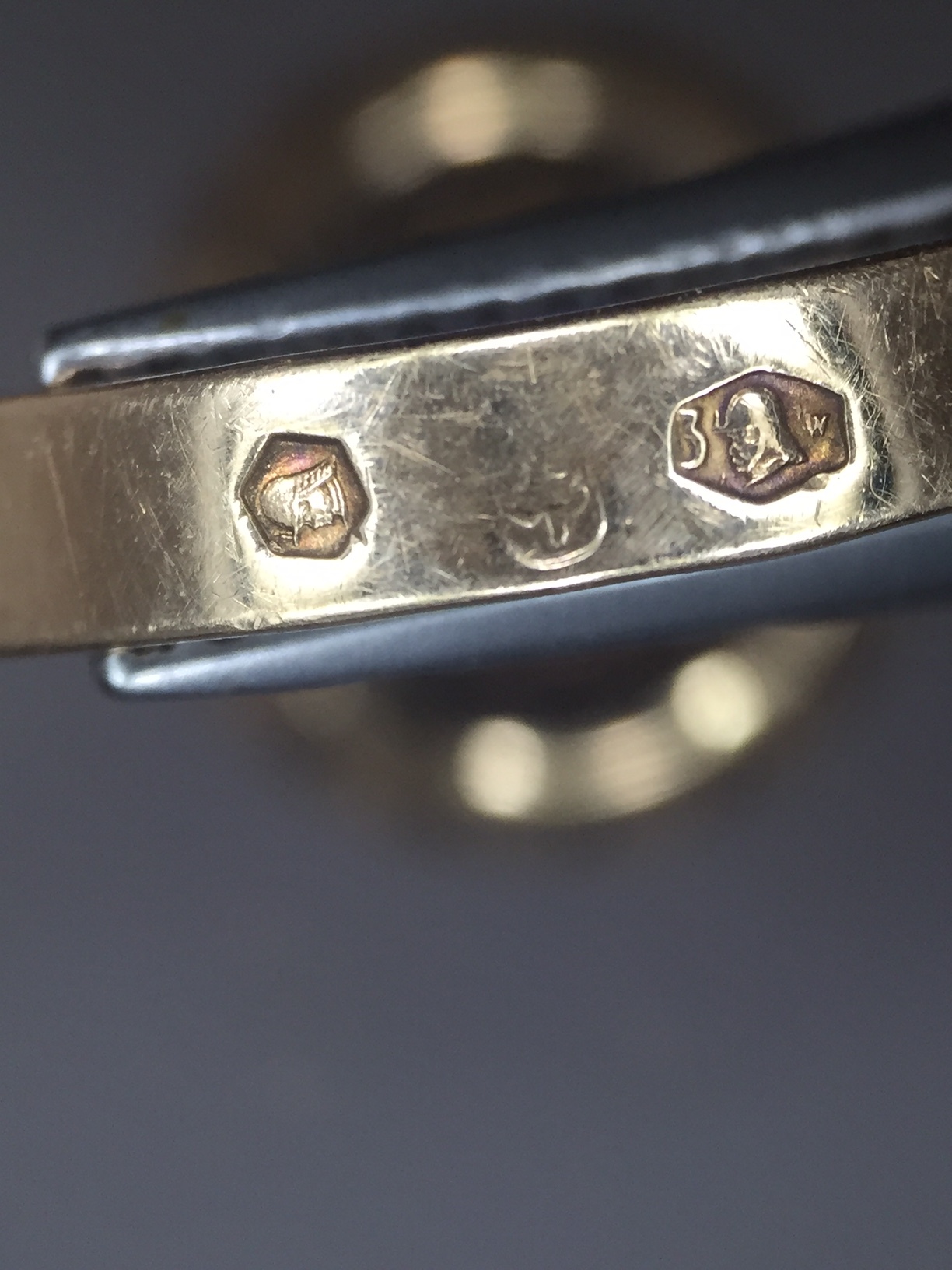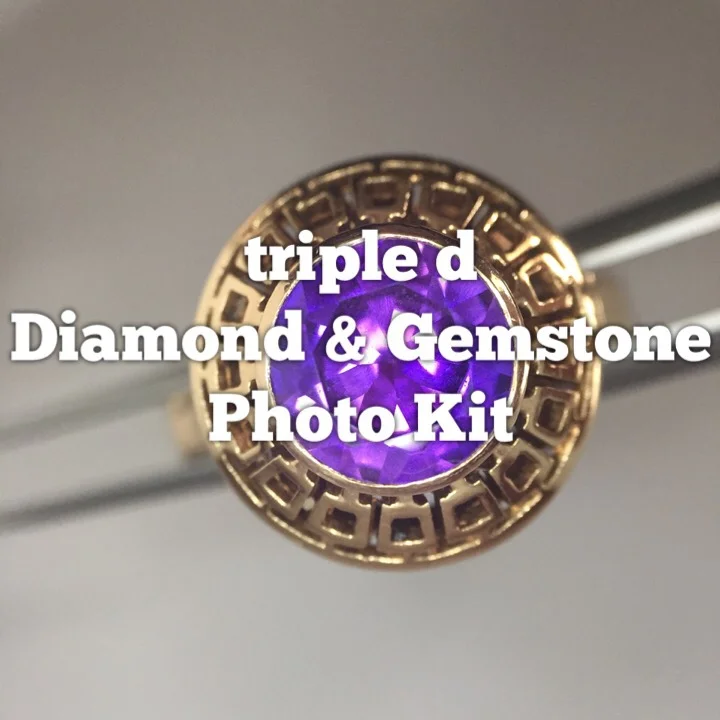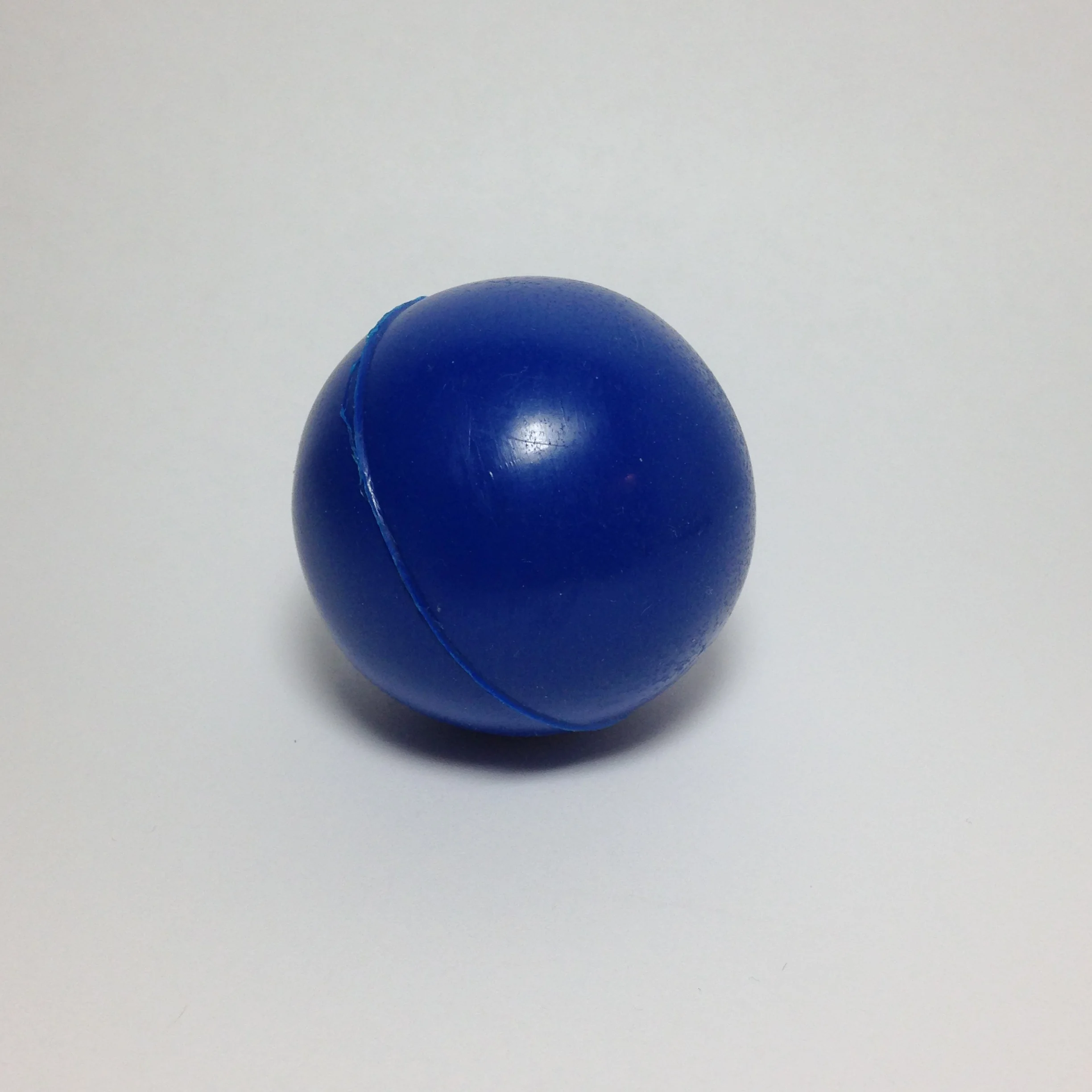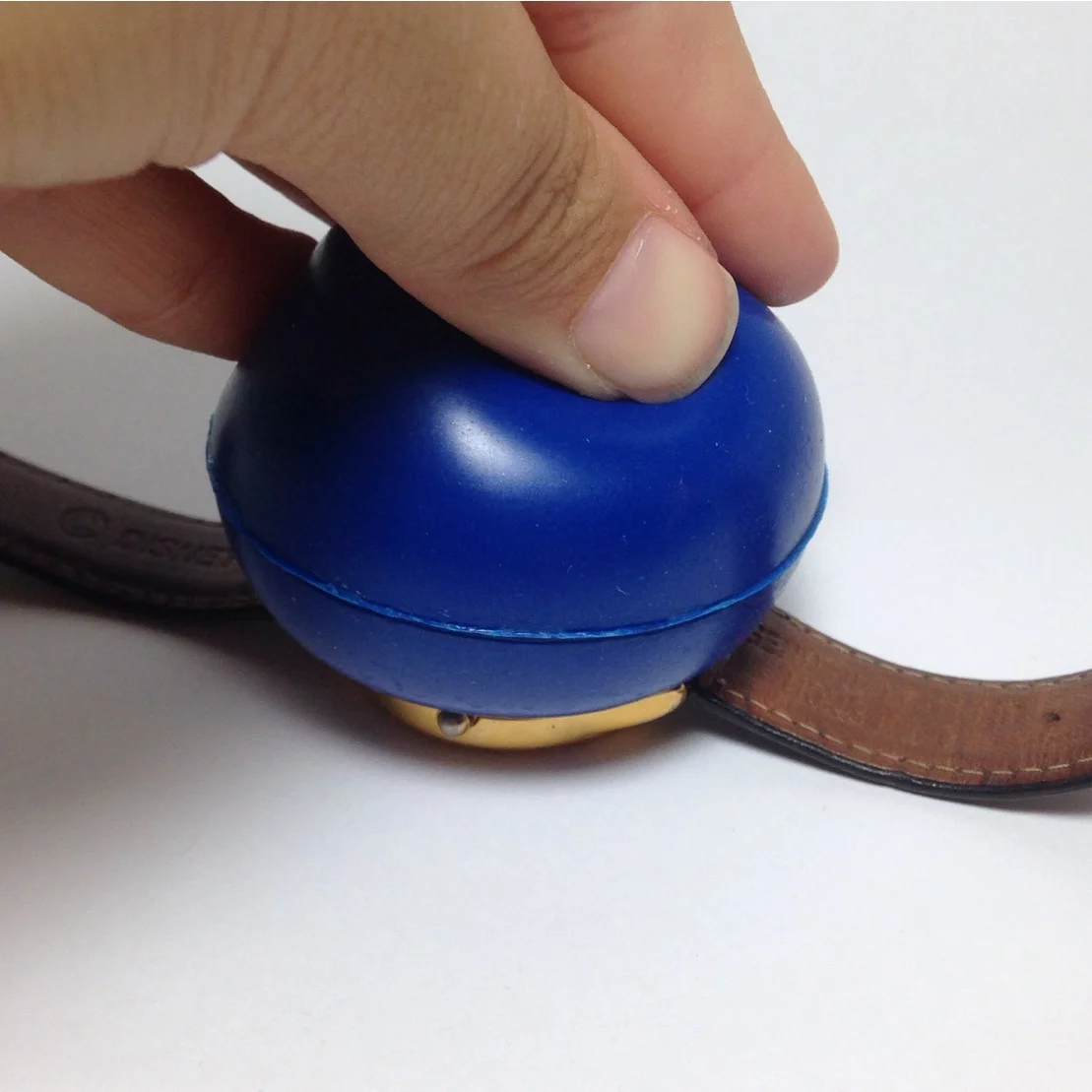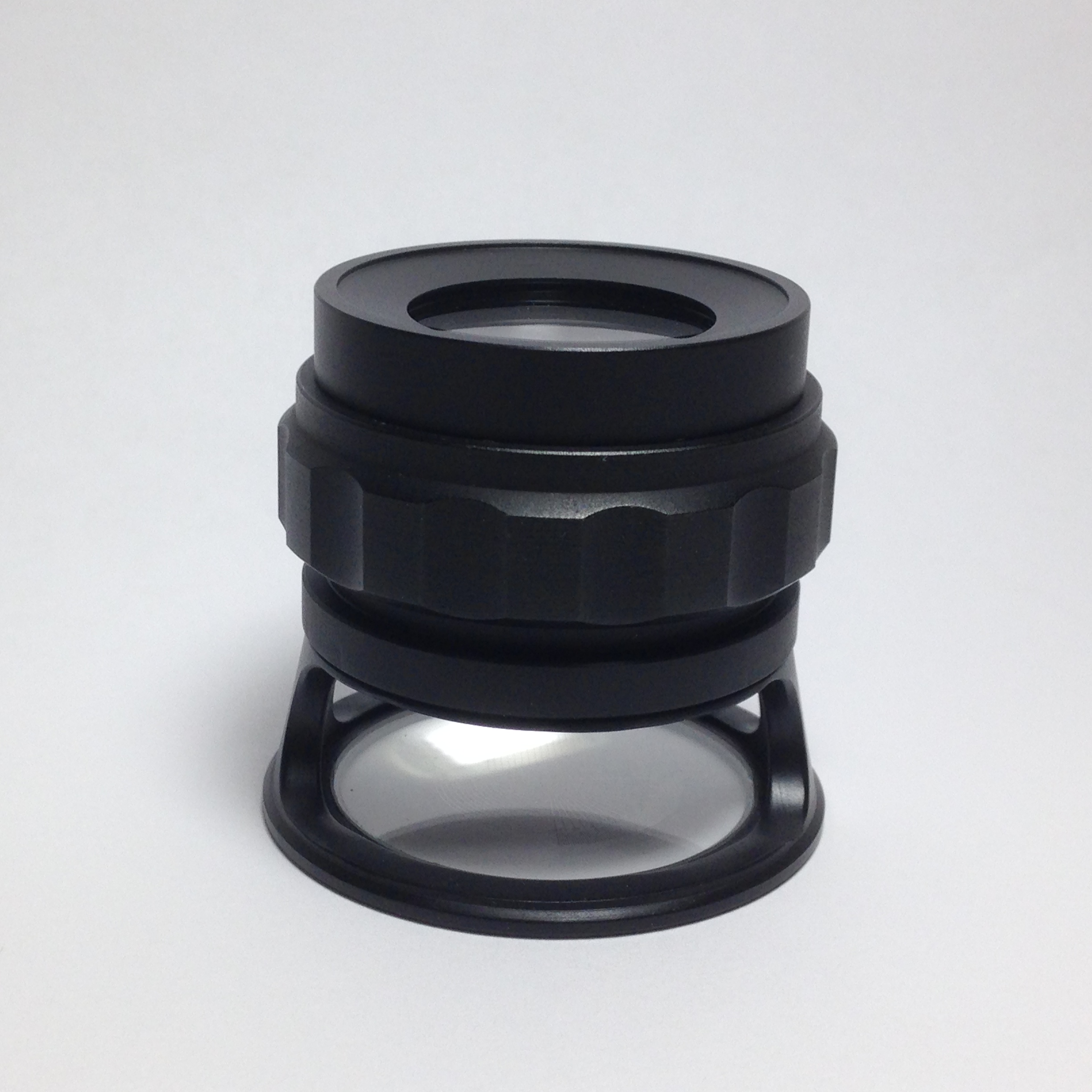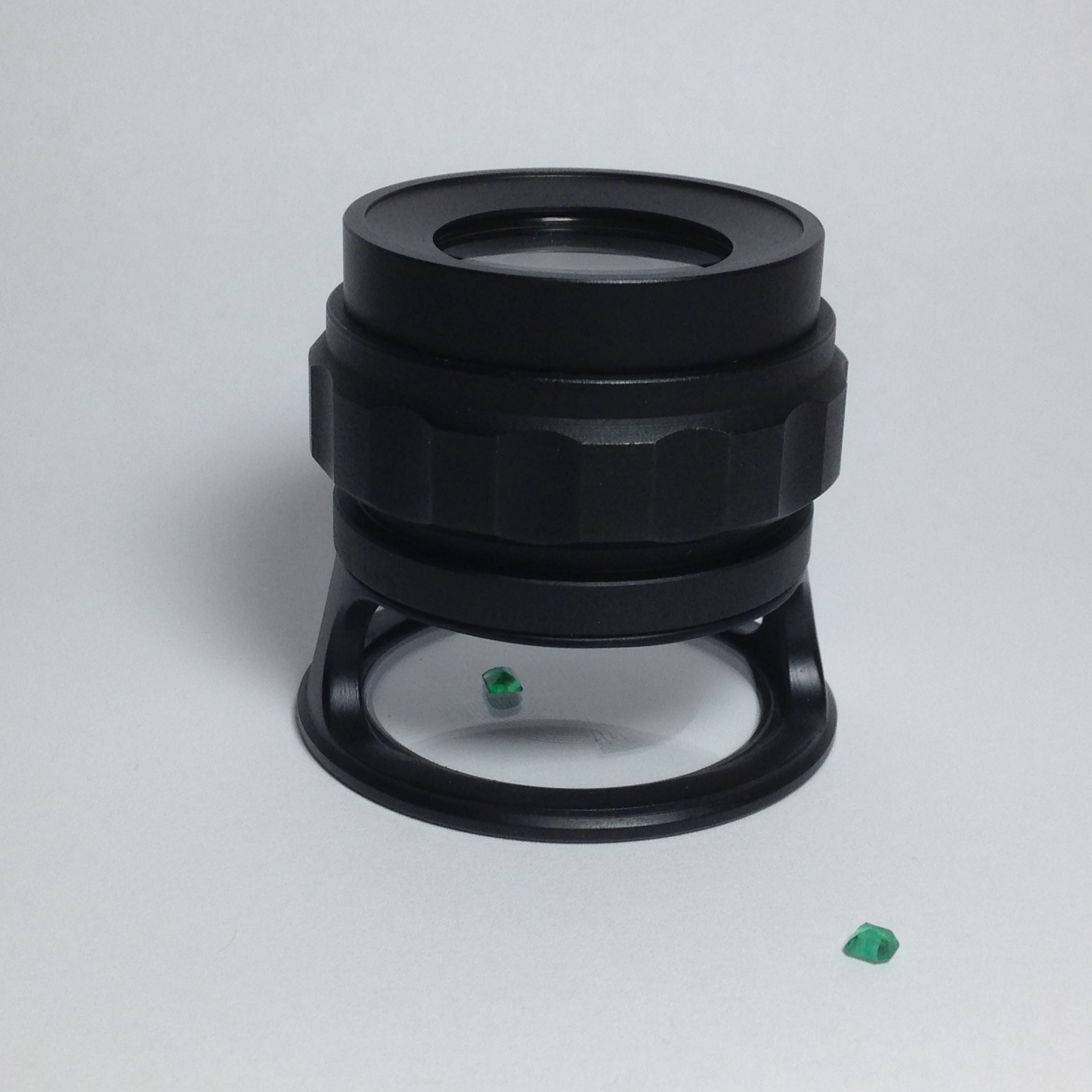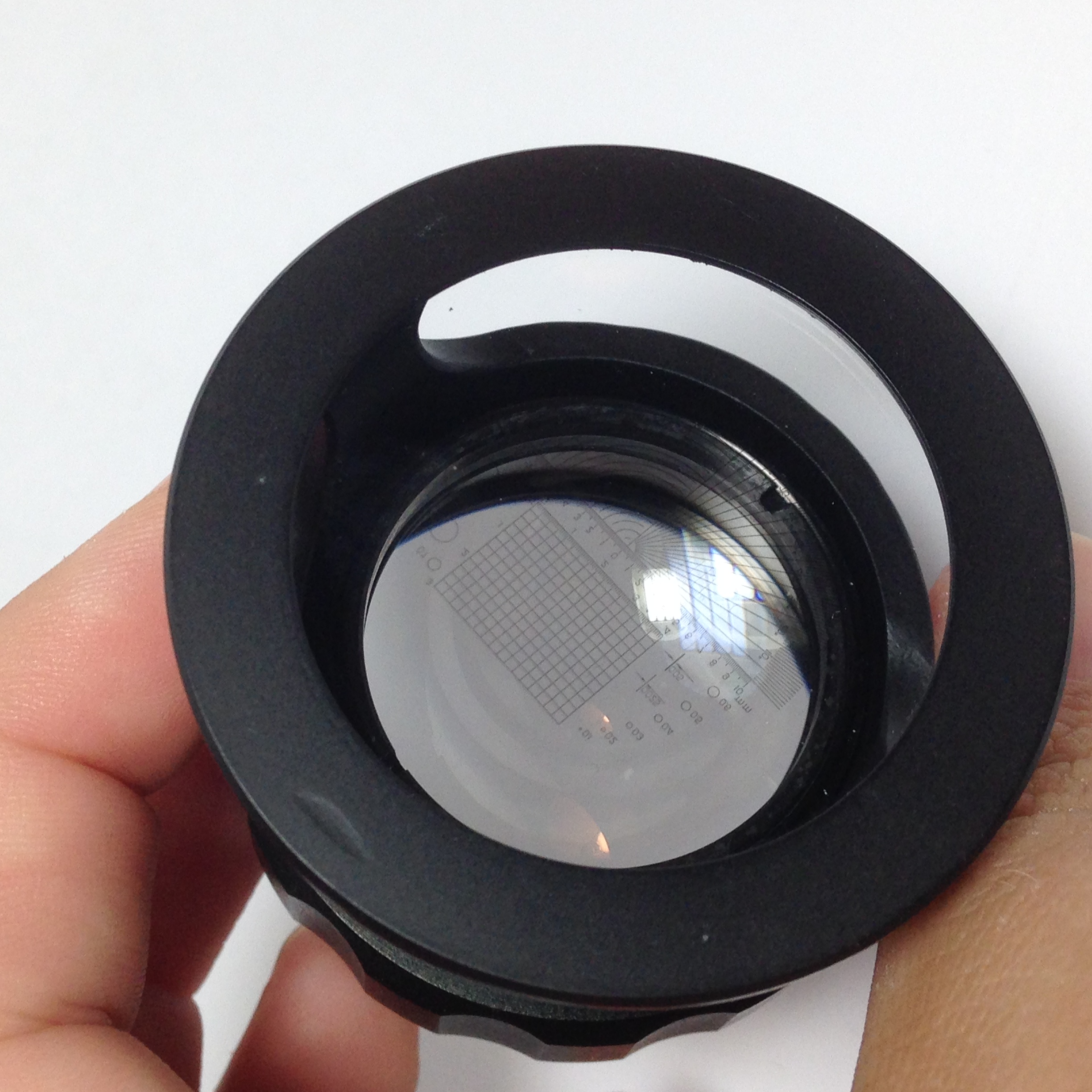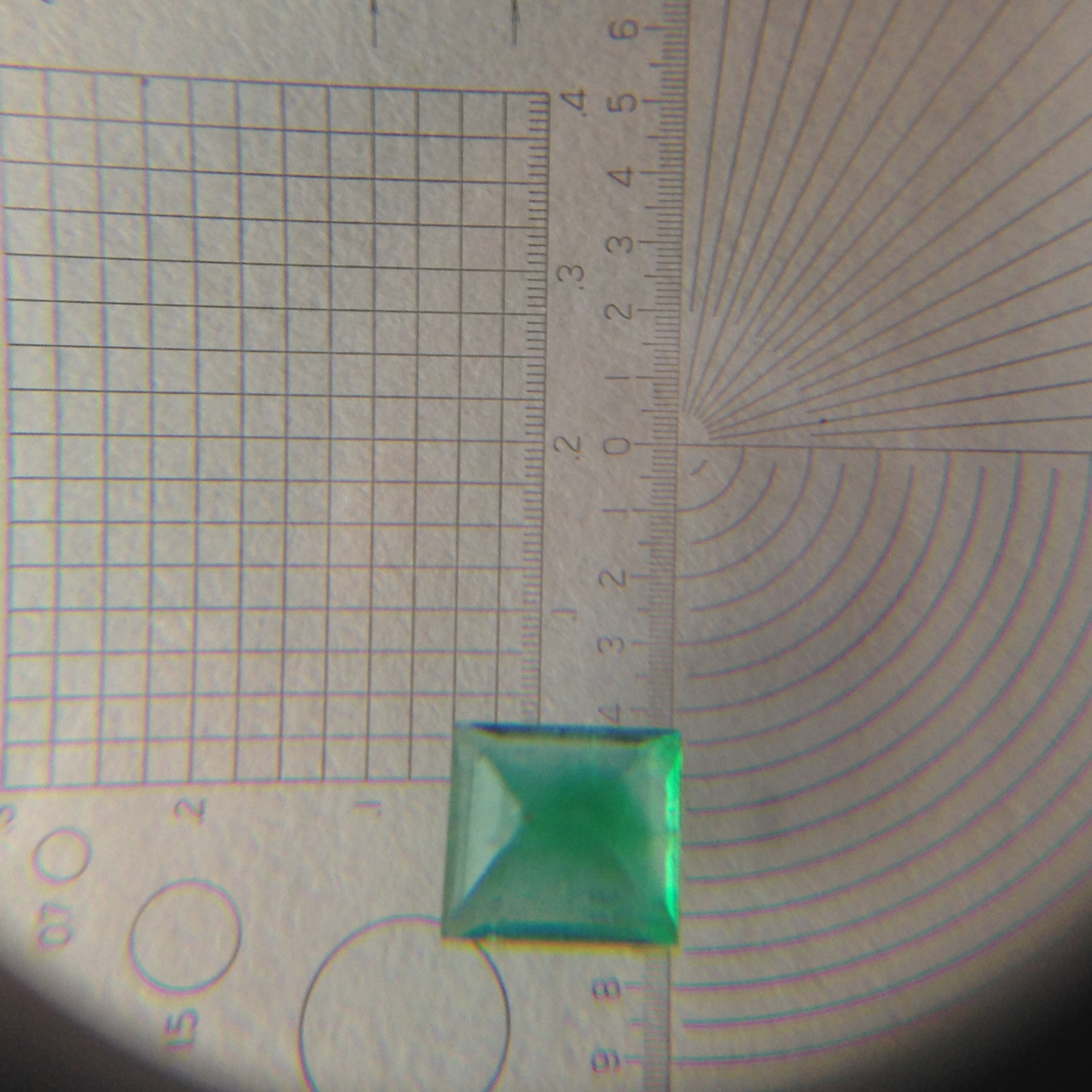The Gemist: Stone File App
/The Gemist: Stone File (The Gemist Gemstone File in the Google Play Store) application for iOS and Android is brand new this year. The app packs a lot of information into its $2.99 price tag. It provides the user with not only a gem reference guide but also a list of gemology/geology basics and gemological tests.
The app is the brainchild of students who are part of the very first BSc gemology and jewelry studies program at Birmingham City University, United Kingdom, a program that is partnered by the Gemmological Association of Great Britain (Gem-A). Ryan O’Sullivan along with his colleagues Matin Abbassi DGA, Amber Clohessy-Brown DGA, Kushagra Rastogi FGA DGA, Kyalo Kiilu FGA DGA, and Olusegun Akintayo FGA DGA compiled information that they learned during their coursework into a succinct and much more portable format. O’Sullivan says, “While studying I had long thought how it would be ideal to have a phone app with easy access to useful gemmological constants and recaps on some key theories and concepts...the idea was borne out of a wish to start collating all the data we were getting from the full time testing and projects we were doing at University.”
The app includes:
- A guide for testing and grading diamonds, gems & crystals
- A gem reference file and high quality photos for over 120+ varieties of gemstones
- The geological nature of diamonds & gemstones (occurrence, origin, locality)
- Physical and optical properties of crystals and cut diamonds & gemstones
- An overview of gemmological equipment and tools, the 4C's
- Identifying common treatments and synthetics, like those seen in diamond, emerald, ruby & sapphire
- Exploration, mining and recovery
All of this information and more are separated into four sections titled “Stones”, “Basics”, “Tests”, and “More” that are listed in a menu bar at the bottom of the app.
The “Stones” section displays a list of gem species from andalusite to zoisite, includes glass and an “organics” listing. When you tap on each species either a list of gemstone varieties or detailed information about the gem species is presented. For stones that list varieties once you click on the variety the details are displayed. The information includes: chemical composition, localities, crystal system, as well as physical and optical properties such as specific gravity, hardness, fracture, transparency, luster, etc. Some of the stones also list synthetic, simulants, and composites. The topics covered in “Basics” include the earth’s geological processes, crystal structure, composites & simulants, gem classifications, and so much more. “Tests” tackles the broad scope of gemological testing. The user can tap on various types of tests or testing equipment such as observation, or dichroscope and see what each method entails. The last section of the app is “More” which contains links to further resources and labs, links to the creators, and a contact page.
The Gemist app really stands apart from other gemology apps that I have used when it comes to the “Basics” and “Tests” section. The range of topics that they cover really impressed me. Gemist has effectively crammed a mini course in gemology and geology into an app format. I immediately recognized that this app was tailored for a trained or in-training gemologist, which I found to be quite refreshing. It clearly defined and explained concepts without too much oversimplification, much like a refresher course in gemology. This is not to say that the app is inaccessible to the novice by any means; the resources listed in their “More” section will help enthusiasts expand on everything that is covered in the app.
Because this app is so new I have high hopes that it will continue to expand and improve over time. The inclusion of a sort of index and dictionary for common terms as well as more images top my list of requested additions. O’Sullivan states that the app is “a great canvas to build upon, improve the content, and expand.” A fellow student at BCU, Laura Boccardo (pending DGA), is currently helping to translate and create an Italian language version which should be ready for the summer and O’Sullivan is optimistic that it will be available in other key languages soon thereafter. Beyond the expected updates for reorganization and cleanup O’Sullivan is already looking towards his next big step. He would like to add original article based content written by gemologists. He sees the app as an eventual community for gemologists to share ideas, “As we all move on from the BSc, with some of us entering into varying jobs or going onto relevant Masters, we could provide a nice microcosm of the gem industry in the future.”
O'Sullivan and his colleagues will undoubtedly have more exciting updates for this app and other projects in their future. I absolutely recommend this app to any practicing gemologist or gem enthusiast and I look forward to see what The Gemist company adds in the future.
Want to try this app for free? Make sure you are following me on Instagram for future giveaways!

